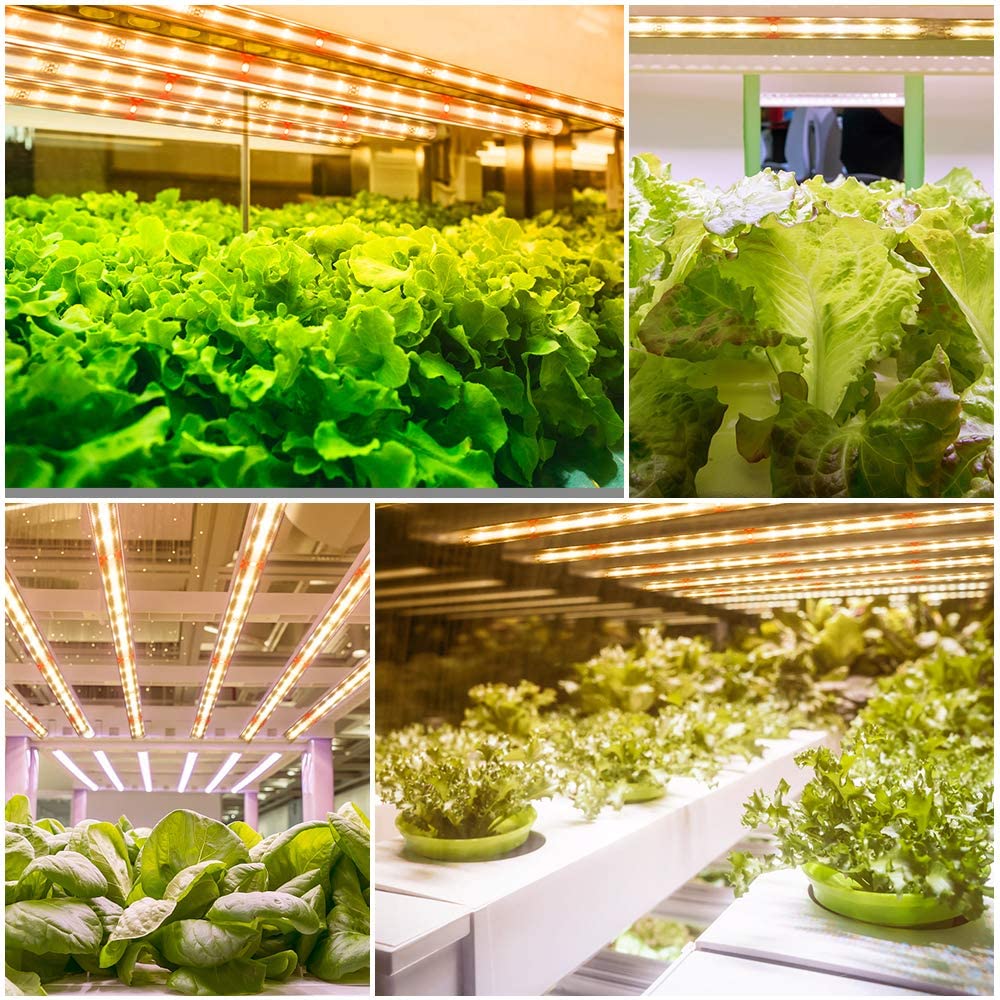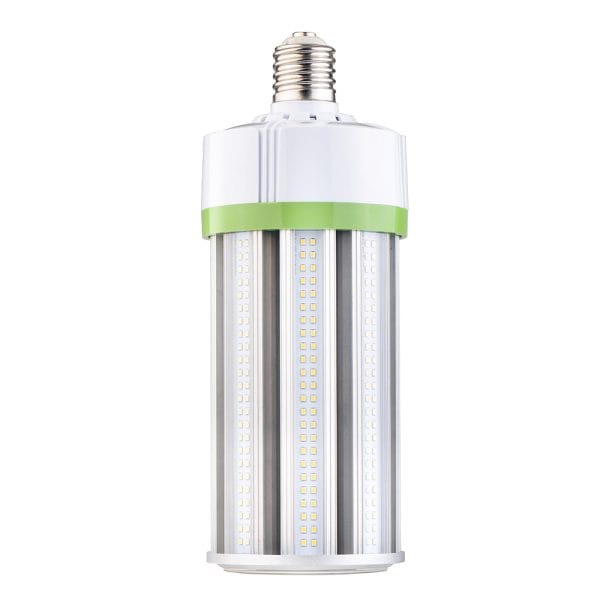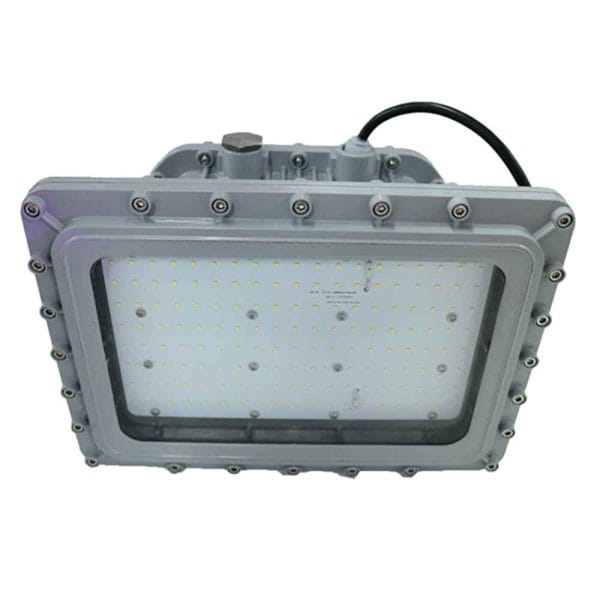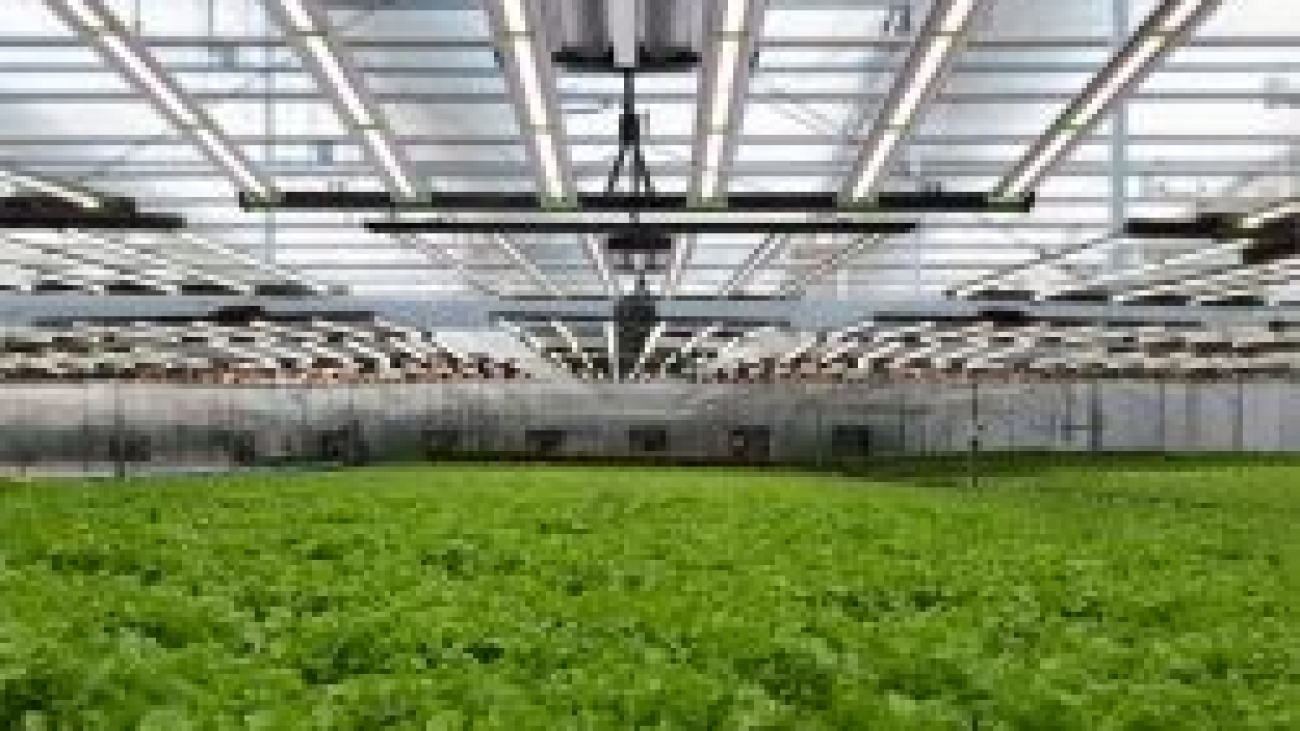Light environment is one of the important physical environmental factors indispensable for plant growth and development. Controlling plant morphology through light quality regulation is an important technology in the field of facility cultivation.
LED plant grow light uses LED (Light Emitting Diode) as the light source. According to the law of plant growth, it must need sunlight. It is a kind of lamp that replaces sunlight with light to provide the environment for plant growth and development. LED plant grow light help shorten the growth cycle of plants, because the light source of this kind of light is mainly composed of red and blue light sources, using the most sensitive light band of plants, and the red light wavelength is 620-630nm and 640-660nm, The blue light wavelength uses 450-460nm and 460-470nm. These light colors make plants promote the differentiation of multiple side branches and buds during the growth process, accelerate the growth of roots, stems and leaves, accelerate the synthesis of plant carbohydrates and vitamins, and shorten the growth cycle.
A large number of application research results of LED in plant facility cultivation environment show that LED plant grow light is particularly suitable for artificial light control type plant facility cultivation environment. The color temperature and lumens of artificial light sources can be seen by the eyes of living creatures, while the demand for light of plants is photosynthesis, which is determined by the radiance value without looking at the color temperature and lumens.

The effect of spectral range on plant physiology
- 280~315nm This wavelength is already ultraviolet light, which has the function of directly suppressing the growth of various animals, plants and even fungi, and has minimal impact on morphology and physiological processes.
315~400nm This kind of light is also a far-ultraviolet light. Although it does not harm plants, it has no direct effect on plant growth. The absorption of chlorophyll is low, which affects the photo period effect and prevents stem elongation.
- 400~520nm blue Such wavelengths can directly develop the roots and stems of plants, have the largest absorption ratio of chlorophyll and carotenoids, and have the greatest impact on photosynthesis.

520~610nm (green) – Green plants are repulsively pushed, and the absorption rate of green pigment is not high.
610~720nm red> Plant chlorophyll absorption rate is not high, but this wavelength has a significant impact on photosynthesis and plant growth speed ring.
720~1000nm Such wavelengths are generally infrared wavelengths, which have low absorption rate for plants, can directly stimulate cell elongation, and affect flowering and seed germination. 1000nm is close to the wavelength of laser light and has been converted into heat. From the above plant and spectral data, Each wavelength of light has a different effect on plant photosynthesis.
Among the light that plants need for photosynthesis, 400 ~ 520nm (blue) light and 610 ~ 720nm (red) contribute the most to photosynthesis, while 520 ~ 610nm (green) light has a very low rate of effect on plant growth. . According to the above principle, the plant is only for 400 ~ 520nm (blue) and 610 ~ 720nm (Red), the spectrum has the effect of directly helping growth, so the plant lights under the academic concept are made into three forms of red and blue combination, full blue, and full red to provide light with two wavelengths of red and blue to cover The wavelength range required for photosynthesis of plants. In terms of visual effects, the red and blue combination of LED plant grow light are pink. This mixed light color is extremely uncomfortable for biological lighting, but it can only be used for practicality. Sex-oriented. Generally white LED lamp beads, the most common is to use blue core to stimulate yellow phosphor to emit light. This compound produces a visual white light effect.
On the energy distribution on the integrating sphere test report, in There are two peaks in the blue area at 445 nm and the yellow-green area at 550 nm. However, the 610 ~ 720nm red light required by plants has less coverage and cannot supply the light and light efficiency required for the planting plants. This explains why the growth rate and harvesting effect of plants are not as good as ordinary outdoor planting under the illumination of white light LED.

Using the above data, the chromatogram ratio of red to blue light of general plant lights is generally 5:1 ~ 10:1 It is appropriate to choose between 7~ 9:1 ratio. Only the ratio of the lamp beads brightness ratio is the basis for mixing light, and the number of non-lighting beads is the basis for mixing light. When using led plant growth lights to plant plants, the height from the leaves is generally 30-50 It is about centimeters, and different light intensities need to be actually given according to the types of plants planted. Adjusting the height is generally regarded as the easiest way to adjust brightness.
Here are our websites:LED Dock Lights suppliers, Canopy Lights suppliers, Corn Bulbs suppliers, Gas Station Lights suppliers, Grow Lights suppliers, Linear Lights suppliers, Temporary Lights suppliers , UFO High Bay Lights suppliers, Explosion Proof Lights suppliers, Flood Lights suppliers, Garden Lights suppliers, Post Top Lights suppliers, Parking lot lights suppliers, Shoebox Lights suppliers, Sport Lights suppliers, Stadium Lights suppliers, Street Lights suppliers, Wall Pack Lights suppliers, Solar Post Top Lights suppliers, Solar Street Lights suppliers, Classroom Lights suppliers, Emergency Lights suppliers, Exit Signs suppliers, LED Ceiling Fans suppliers, you can learn more about us by visiting our sites.















 Cart is empty
Cart is empty 





